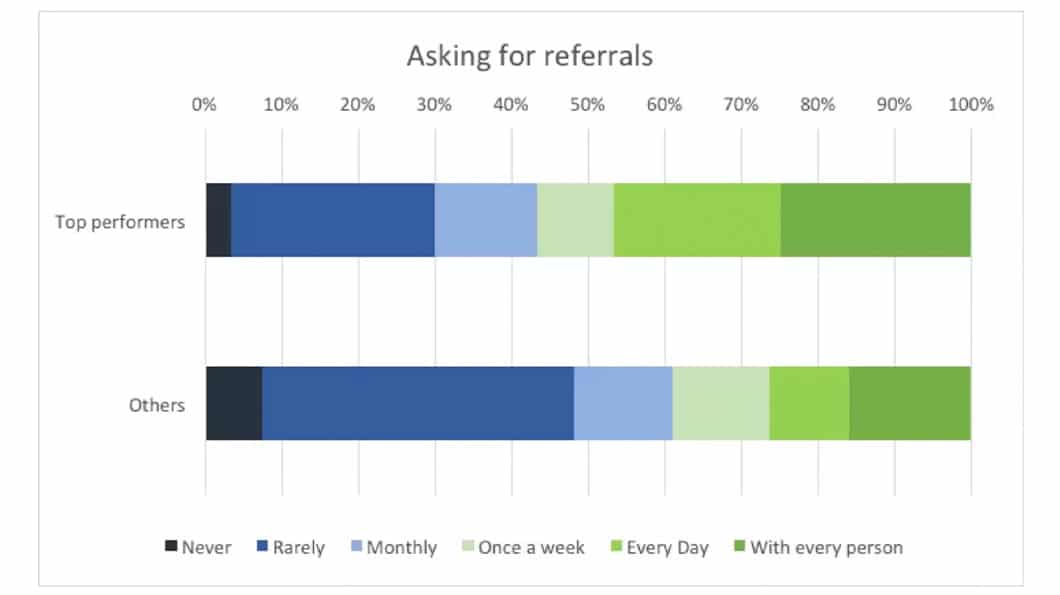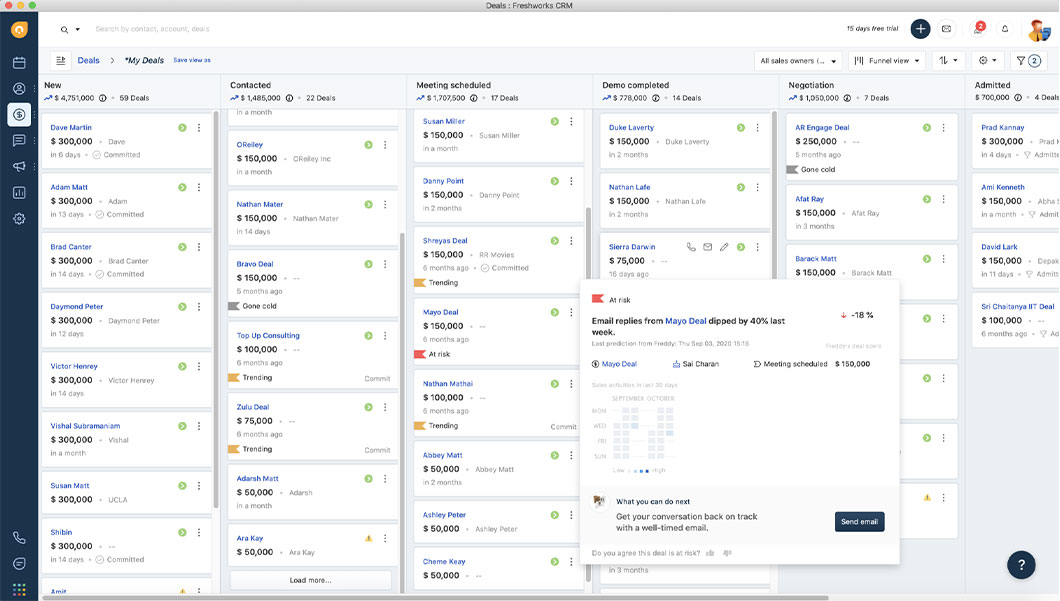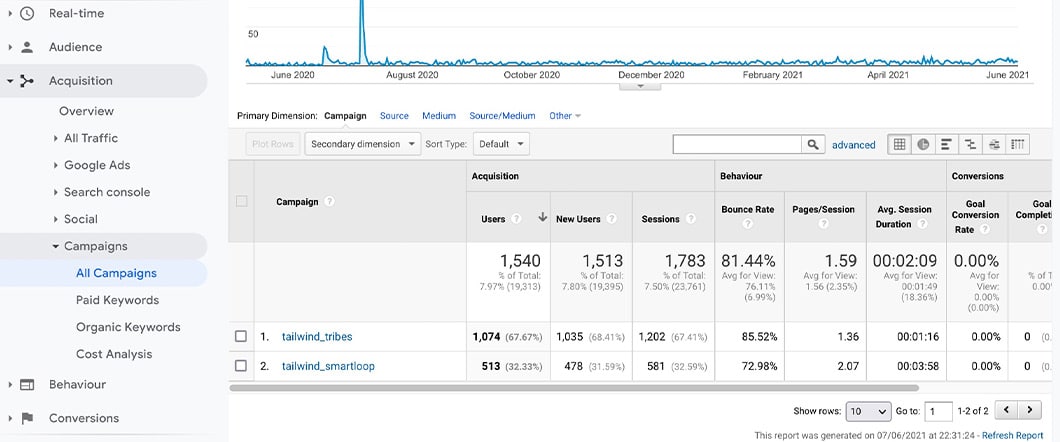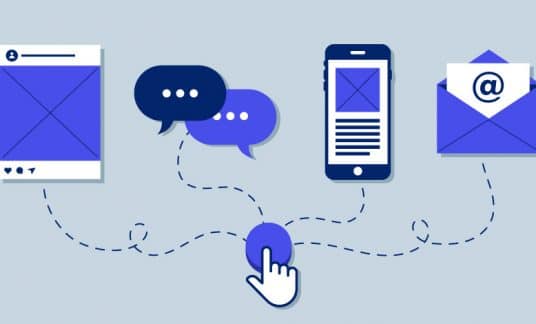As a sales representative, how do you predict your close rate and income for the quarter or year? The answer: by tracking your lead sources.
By knowing where your best leads are coming from, you will know where to focus your time to maximize sales.
And, by keeping current leads organized, prospects won’t fall through the cracks. You’ll never lose a sale simply by not following up when you should have.
Here is how to set up a lead tracking system that works for you.
What Is Lead Tracking?
Lead tracking is how you identify where your leads come from, what stage of your funnel they’re currently in and other notable information.
Active lead tracking means you are using this as a process to continuously take action to move each lead to the next step as efficiently as possible. If all goes well, the process ends with closing the sale.
Why Is Lead Tracking Important?
How can you get where you want to go without knowing how you’ll get there?
For example: Referrals. About 47% of top-performing sales representatives ask for referrals all the time whereas only 26% of low performers do, according to data from Sales Insights Lab.

How many referrals do you have in your queue right now? You can’t know if you don’t track them.
Over time, tracking leads gives you important information. You can look at the past year and see that you closed an average 10% of all your leads, but you closed 50% of referral leads. That information allows you to not only see what types of leads are the most successful for you, but to predict your sales going forward and your income.
For example, if you have 100 leads in queue right now and half of those are referrals, you can be confident that you’ll close about half of those, based on your track record.
7 Steps for Keeping Track of Your Sales and Marketing Leads
1. Make a List of All Your Lead Sources
Start off by creating the categories you’ll use to track and organize your lead sources.
A few examples of potential categories:
- Referrals
- Cold Pitching
- Website Contact Form
- Call Center
Next, make a list of the stages each lead goes through in your funnel.
- New Lead (Hot, Warm, Cold)
- Nurturing Lead
- Unqualified Lead (or Lost)
- Qualified Lead (or Won)
You may have different items than listed here.
2. Choose Your Lead Tracking Software
There are many free and paid lead tracking software options out there. Do some research, figure out what features your business needs and choose one.
A few popular options are:
As an alternative to a robust software option, you can create a spreadsheet and start tracking there. This could work well if you’re tracking only your own leads. For companies with multiple sales representatives, you should be investing in a proper lead management system.
3. Use UTM Codes
Urchin Tracking Mode (UTM) is a code you add to links to track leads in Google Analytics and other analytics platforms.
By adding a UTM to links, you can accurately tell how people are reaching the link destination. For example, say you’re directing traffic to a new landing page from your social media accounts and email newsletters.
You would add a unique UTM code to your email links, a different one for your Facebook posts, another new one for your Instagram post, and so on. Each link source has its own code, and when written as a link, looks like this:

In Google Analytics, you can view your UTM-defined sources in Acquisition -> Campaigns -> All Campaigns.
Using UTM codes ensures your analytics and lead tracking software reflect accurate lead sources. Without using them, Google Analytics may attribute email links to social media, or lump in all social media clicks together.
If writing a UTM link looks like a foreign language, don’t worry. Google has a free URL builder where even total beginners can create properly formatted UTM links.
4. Enter New Leads
If your software automatically syncs with your website lead form, that’s great. You also can manually enter your leads.
Your software will guide this process, but each lead should have a minimum of the following information:
- Basic Information
- Name, company, contact information
- Lead Value
- Estimated sale value if won.
- Lead Source & Stage
- From the lists you made in step 1.
- Status
- Where is this lead right now? Do I need to follow up or take any action? Am I waiting for information from the prospect?
- Follow-Up Date
- The next time you will call the prospect with an update, to check in, etc.
- Result
- At the end of the lead’s journey, record the result either as “Won” (closed the sale) or “Lost” (didn’t close).
- It’s also a great idea to make any notes here of what worked well or ideas to close similar leads in the future for you to reflect on.
Your software will have a lead tracking dashboard similar to this sample one from Freshworks. Being able to see all your leads and their statuses in one area will increase your efficiency.

5. Keep Leads Updated
This may seem obvious but keep your leads updated as they move along, ideally after each interaction with a prospect. Your lead tracking system can only help you if you give it the information it needs.
At a minimum, make a reminder at the end of each workday to give it a quick run-through to see if anything needs updating.
6. Nurture Those Leads
This is something your software can’t do for you, unfortunately. But armed with all your data and notes in 1 easy-to-use space, you’ll be unstoppable.
For many businesses nowadays, lead nurturing happens well before a prospect ever interacts with a salesperson (if they do at all). For ecommerce or retail brands, lead nurturing happens through a mix of social media content, email marketing, influencer sponsorships and other inbound content marketing strategies.
While lead nurturing could be its own War and Peace-length book, the most effective ways to do so are:
- By knowing your buyer personas and delivering targeted content to those types of people.
- Go multichannel: use automation to broadcast messaging through social media, email campaigns, paid retargeting and more.
- For leads requiring a salesperson to respond, do so quickly.
Speed is especially important. According to a study by a professor at the Massachusetts Institute of Technology, “The odds of qualifying a lead if called in 5 minutes versus 30 minutes drop 21 times.”
Five minutes may seem impossible, but it doesn’t have to be. Artificial intelligence chatbots are quite advanced and may be able to help you close a sale across the world while your team is sleeping.
Whether it’s 5 minutes or a few hours, be sure you’re following up with all new leads as quickly as you possibly can.
7. Close the Sale
If we could write a step-by-step for this that worked every time, we’d be trillionaires already.
What works to close a sale depends on many factors, including:
- Your industry
- The product or service you’re selling
- Whether it’s business-to-business (B2B) or business-to-consumer (B2C)
- Your price point
- Buyer persona
However, there is one sales strategy that works more often than anything else, across every industry and buyer persona: Following up.
A study by Topo of top high-growth organizations found that they reported an average of about 16 interactions over a 2- to 4-week period. Don’t be afraid to pick up the phone and check in.
Start Tracking Your Sales Leads Today
Investing the time and expense into a lead management system will always be worth it for the time it saves you. It also will keep any leads from falling through the cracks, saving you from embarrassing mistakes that could cost you the sale.
Once you set up your lead source tracking software, use it daily to keep yourself focused and working on the leads most likely to close successfully.
Once your lead tracking software is ready, fill it with leads and get to work.












